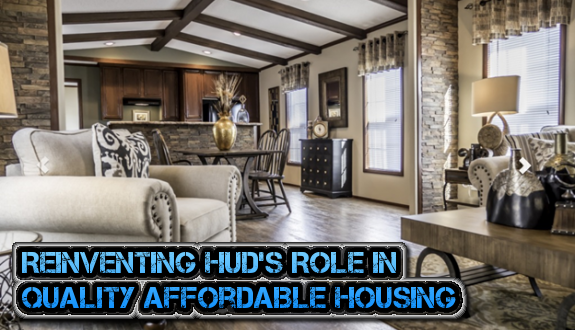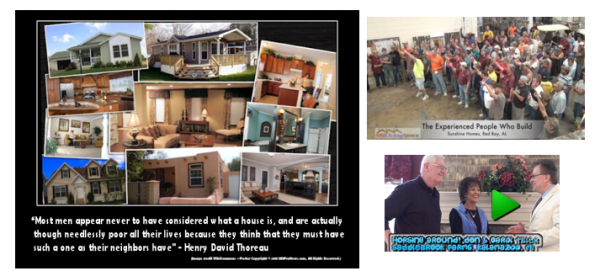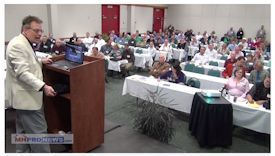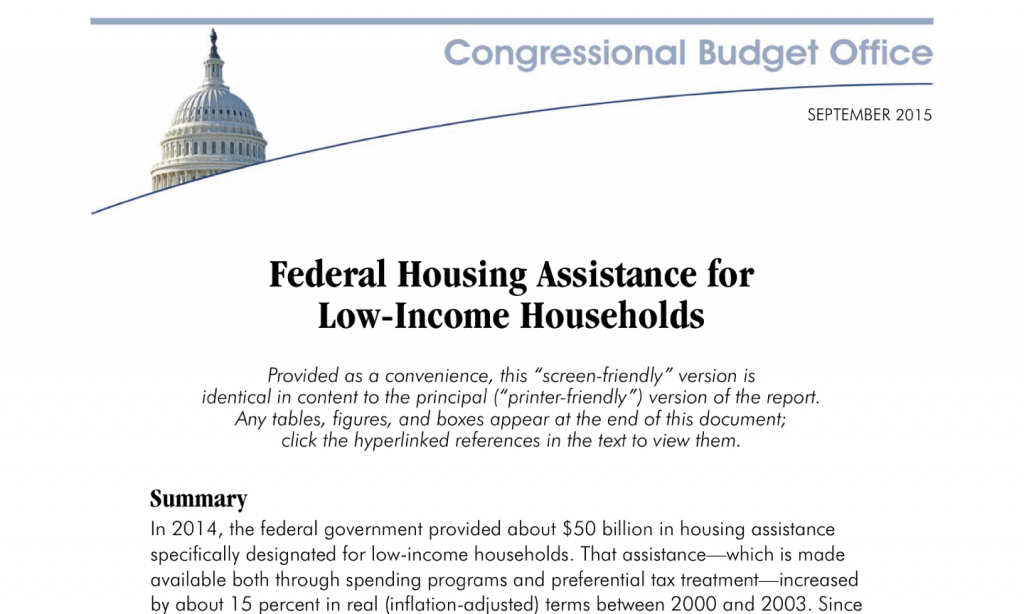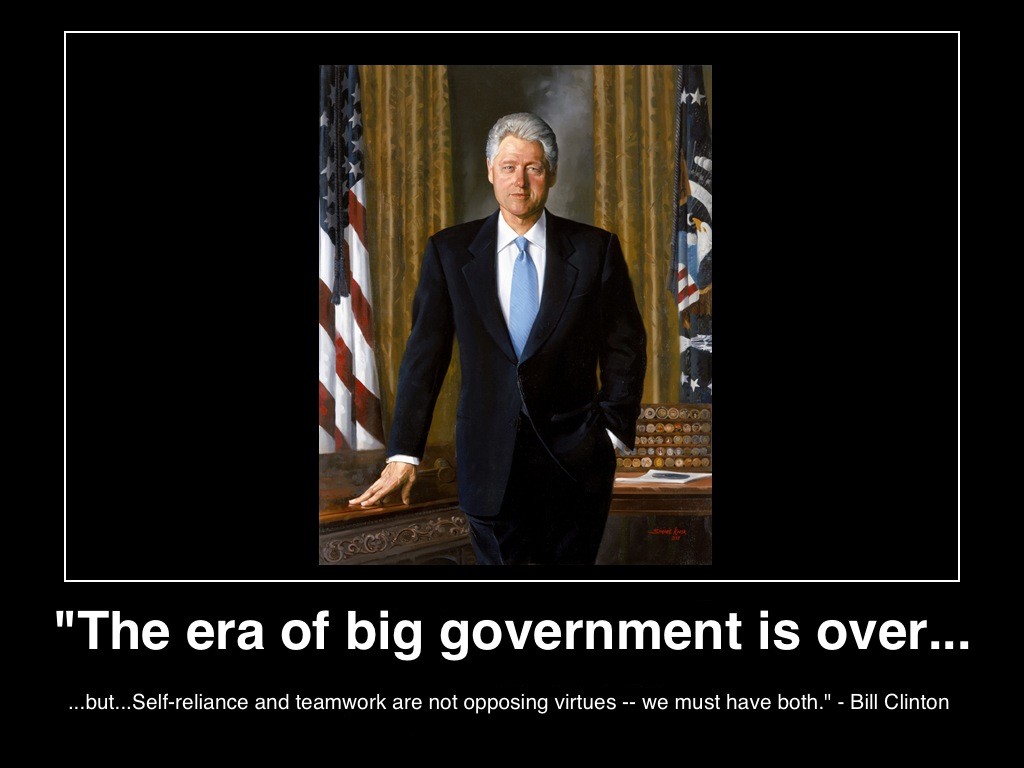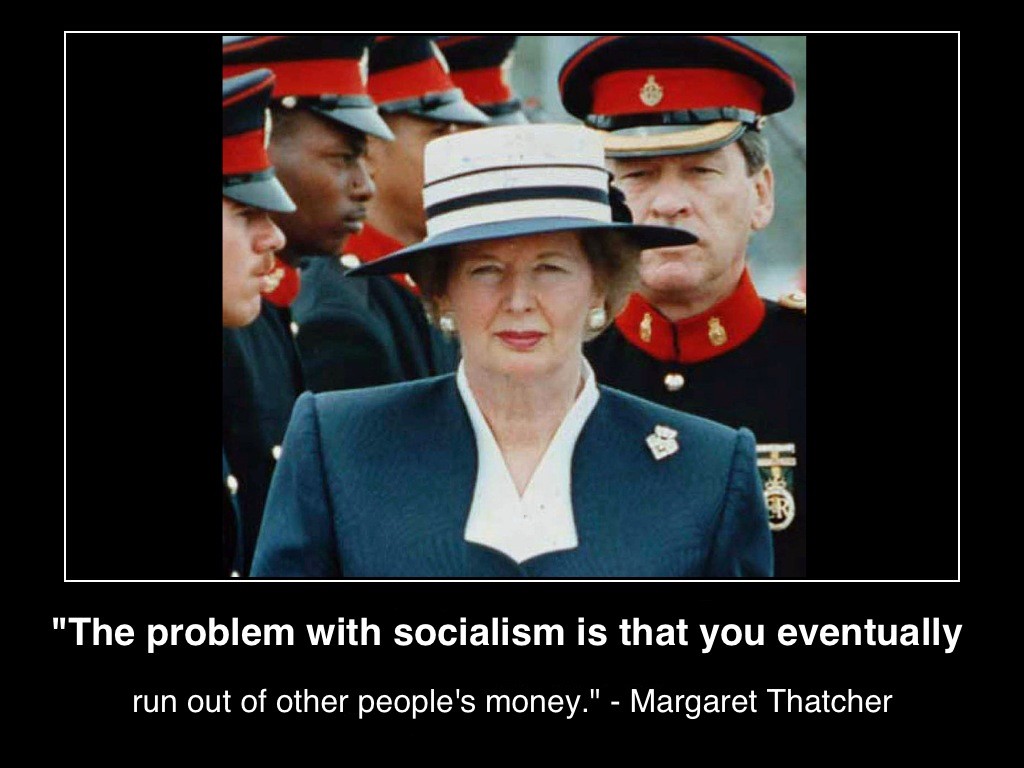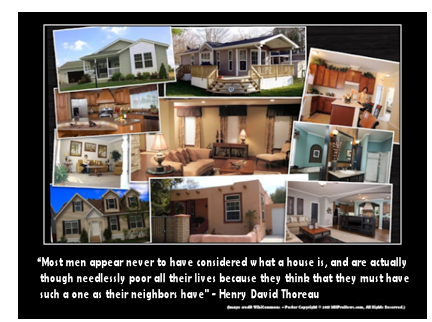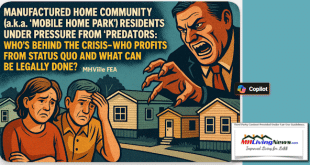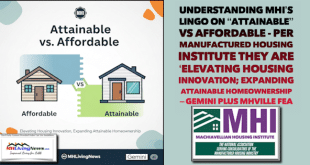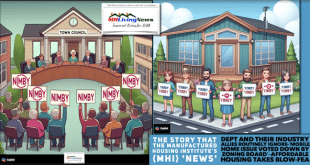Reinventing HUD’s role in Quality Affordable Housing, Reducing Poverty and Dependency
The cover letter and proposal outline below was provided to Congressman Jeb Hensarling, Chairman of the Financial Services Committee in response to a request for comments from interested parties on how to improve the delivery of services housing services by the Department of Housing and Urban Development (HUD) and how to reduce poverty.
The document provided below, with an occasional tweak, is essentially identical to what was sent to the Congress via transformhousing@mail.house.gov.
Your thoughts? You can share via social media, thanks. The document as submitted begins after my by line. ##
—> Reinventing HUD’s role in Quality Affordable Housing, Reducing Poverty and Dependency
11.1.2015
Cover Letter for Comments Submission to – transformhousing@mail.house.gov
Subject – Response to Financial Services Committee Chairman Jeb Hensarling (R-TX): Invitation and challenge to the public for assistance in solving the problems of poverty and housing affordability.
Our industry serves some 20 million Americans.

Contact – L. A. “Tony” Kovach, Managing Member, Lifestyle Factory Homes, LLC – parent to
MHLivingNews.com and MHProNews.com.
Phone – 863-213-4090.
Email – latonyk@gmail.com.
I’m happy to comment and/or testify further on this important topic. ##
—> End of cover letter, start of the body of the Proposal Outline. <—–
11/1/2015
Honorable Jeb Hensarling
U.S. House of Representatives
Chairman
Financial Services Committee
Room 2129
Rayburn House Office Building
Independence Avenue and South Capitol Streets, S.W.
Washington, D.C., 20515
RE: Reinventing HUD’s role in quality affordable housing, reducing poverty and dependence; in response to Chairman Hensarling’s call for public comments issued September 11, 2015. Presidential Debates are important, but this Residential Debate is, too.
Dear Chairman Hensarling,
I’m writing you in response to the call for public comments as:
-
A political independent,
-
An award-winning professional in the housing industry and
-
The publisher of the two leading trade journals in their respective niches.
Fifty years after the good intentions of the Great Society initiatives launched by former President Lyndon Johnson, and the creation of the Department of Housing and Urban Development (HUD), the time has come to look at principles, outcomes and facts versus wishful thinking.
-
The goal of HUD “providing” affordable housing is more elusive than ever. The CBO report linked below indicates that perhaps one in four people eligible for federal housing assistance actually receive support.
-
We have the same percentage of Americans living in poverty today as there were then, which means that we have millions more living in poverty now, than 50 years ago. This is true, even after some $1.6 trillion in federal spending. Why?
Let’s begin with these points and principles:
-
Whatever you subsidize, you tend to get more of it.
-
Free enterprise and economic growth, rather than poverty programs, tend to lift people out of poverty. This is true worldwide.
-
Compared to well-run private charities, federal programs routinely exhibit a poor performance record in such subsidy programs, and they are de facto picking market winners and losers via their policies. This should not be the case. The ideal way to deal with that reality is to phase out, or “sunset,” programs when they fail to perform; in business, failure means you go out of business, sell out or change management, need new investors, etc.
-
So we should ask: How can improvements in HUD’s delivery systems best be accomplished?
-
Can we, as a people, provide a social safety net – one that also helps lift souls out of poverty – rather than see government programs act as a web that traps people in poverty?
-
Regulatory burdens, tax and economic policies impact all business, and thus all Americans.
-
As noted, there ought to be a sunset provision for many federal agencies and programs, and failing to perform moving ahead, HUD should be considered for just such a sunset. The outline below will suggest a possible path to how HUD’s role can be reformed, yielding better outcomes, while accomplishing the goals your request for proposals suggests.
-
What follows is not a detailed policy proposal, but rather uses facts and principles that will demonstrate a pathway for HUD to both accomplish its mission, while reducing its role over time in the marketplace — all while lifting more Americans out of poverty.
Let’s begin to lay out an outline for a policy case.

The CBO begins its report by stating there was about $50 billion in housing assistance in 2014.
That’s equal to 671,141 new single section manufactured homes, at the average retail price identified by the U.S. Census Bureau (approximately $44,500), which could be permanently installed on a home site that could average, depending on market locations, say $30,000.
But let’s look at that differently.
-
That $74,500 home/land package, given a 7 percent fixed rate loan on a 10-year term is a payment of $434.68.
-
Taxes and insurance will vary by state and market, so let’s use a $125 monthly figure to cover those costs. So, the total estimated Principle, Interest, Taxes, Insurance (PITI) would be $559.68.
-
Dividing that $559.68 that into a $50 billion dollar federal housing budget would make the payments on 8,933,676 homes. That’s nearly 4 million added households — or roughly 8.8 million more people — than the existing HUD programs currently serve.
Let’s note the following facts.
-
Home ownership is proven to create values – monetary, economic and social – that don’t commonly exist for renters.
-
A National Association of Realtors ® (NAR) report indicated that 85 percent of renters someday want to own. Why not create a pathway to ownership, via education and a voucher system that allows Section 8 or other federal housing assistance to be used for buying a manufactured home versus rental?
-
MHI, MHARR and other industry associations state that for every new manufactured home built annually, you create about one new job. A program could be fleshed out, based upon the concepts herein, which over a five- to 10-year period, could provide everyone currently qualified with assistance, not just one in four. Such a program could anticipate the growing need for affordable housing on the horizon. Such a program would also yield two to three million new jobs a year, building two to three million new manufactured homes a year, to supply the demand.
-
At or before the end of 10 to 15 years, those in such a program could have their manufactured homes (MH) paid for, free and clear of any debt.
-
That would also reduce, and over time, “sunset” the need for such HUD subsidy programs.
-
The production centers needed to affect this kind of policy shift could be built in or near the areas where the housing and jobs are both needed.
-
This approach could also reduce dependency on other entitlement programs. It would reduce the federal budget over time. It would do so while contributing to the end of the very cycles of poverty that Chairman Hensarling‘s proposal called for from the public.
-
While it is beyond the scope of this paper, it should be noted that a restructuring of the tax code could bring as much as $2.5 trillion back into the U.S. that has left for nations overseas. Smart public policy should look at how those trillions of American dollars were driven out in the first place.
-
The high cost of federal regulations, and the high tax burdens are but two key factors commonly cited by businesses that take their dollars out of the country. Revamp the tax and costly regulatory structure, and that would likewise reduce deficits, while increasing economic growth, as the Kennedy, Reagan and Clinton eras demonstrated.
-
The HUD housing subsidy programs could thus be phased down, and/or phased out over time; because instead of endless rental assistance, that economically benefits only a few, this approach would yield benefits to millions of Americans.
Your 9/11/2015 call for public submissions specifically requested the following be addressed:
1. Restructuring HUD’s use of funds to maximize its organizational efficiency – HUD should give greater focus to manufactured 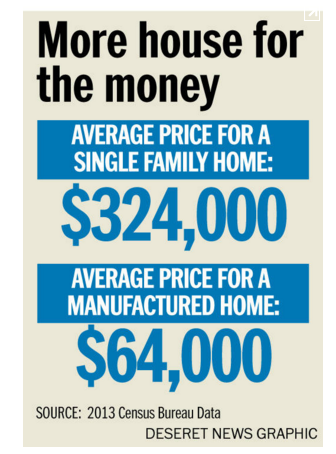
2. Innovative approaches to address housing affordability that respect individual rights and promote individual responsibility – We will outline this below, while pointing back to points shared above. Let us also reference, for your consideration, information submitted by the Manufactured Housing Association for Regulatory Reform (MHARR) and the Manufactured Housing Institute (MHI).
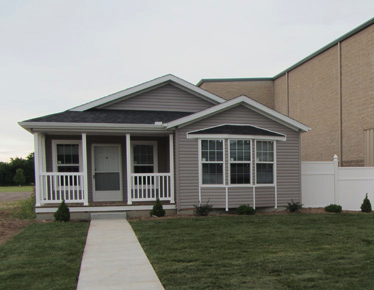
3. Methods of targeting housing assistance to address generational cycles of poverty – There is dignity in work, education, family and self-sufficiently. We need to reduce the barriers and burdens for small business, which are currently failing at a faster rate than they are starting. Since housing is a key driver of the economy — with U.S. housing a trillion-dollar-a-year industry — this proposal outlined will create more good jobs. The Boston Globe cited the need to make quality, affordable manufactured housing more available in their city; that should apply to other cites, too. The correct path is one that should be pro-economic growth via:
-
tax policies
-
business and regulatory policies, which can restore a robust economy
-
combined with a choice in education that allows parents to decide where their children’s educational dollars are used; rewarding outcomes for students, rather fueling special interest groups (including unions)
-
the correct immigration policies, so we aren’t harming entry-level and other workers
-
pro-family polices as a key way to cure generational poverty.
We also need to honor blue collar work, as well as white collar work.
-
Growing the economy is more important – and far more cost effective – than federal programs and mandates.
-
We should also look at studies that indicate well-run private charities routinely do a better at using funds and actually lifting people out of poverty versus comparable federal programs.
-
Public policy should not de facto favor government solutions versus private ones; in fact, the opposite should be true.
4. Examples of successful implementation of such proposals at the local, national or international level (if applicable) – The best example of why free market economic solutions are best for America is the fact that other nations who are growing embraced important aspects of what made America great.
To quote former President Bill Clinton, “The era of big government is over.” It should be, because Margaret Thatcher was correct when she said, “The problem with socialism is that you eventually run out of other people’s money.” Those twin comments, from opposite sides of the political spectrum in their era, point to how HUD housing and poverty programs could be reformed now.
CBO-9-2015FederalHousingAssistance-LowLowIncomeHousing-OneColumn-postedMHLivingNews.com-

Oikos
The etymology of the word for economy comes from the Greek, Oikos, which means household or family.
When we support the family or household unit, we are also supporting the economy through the need for new housing.
Closing Commentary
Some 94.4 percent of Americans are ignorant or are under-informed about the realities of modern manufactured housing. A brief overview of the evolution of trailer houses, to mobile homes to modern manufactured homes are linked here.
The former HUD Code administrator for the federal manufactured housing program was interviewed on video, about the quality, value and safety of the modern MH. That video interview with Bill Matchneer, JD, is linked here.
The irony is that HUD oversees the MH program. Yet, it is (mis)placed in the backwaters of HUD. I’d like to reference the reports by both MHARR and MHI on this same call for submissions, as each brings up relevant facts worthy of your consideration.
The poor understanding of modern MH is partially an industry issue, but is also a regulatory one. The current administrator for the HUD Code MH Program, Pam Danner, JD, has said publicly she wants to promote the use of modern MH in every possible HUD program. That said, for whatever reasons, it has not yet manifested itself.
The 2014 GAO reported last year that manufactured homes are the most cost-effective form of unsubsidized housing in America. See that report, along with related commentary, linked here.
MHARR – The Manufactured Housing Association for Regulatory Reform, an industry trade body – reported on the high quality of coming out of today’s MH production facilities, based upon HUD’s third party contractors’ reports. See the summary of that report, which includes added links and references, linked here.
A recent interview with experts on housing safety in windstorms demonstrates that modern manufactured homes, as reported by NBC News, are as safe or safer against hurricanes or tornadoes. See report, linked here.
The National Fire Prevention Association (NFPA) and other experts report that modern manufactured homes are safer against a fire than conventional housing. See the recent report, linked here.
We could tick through dozens of such facts, pointing to interviews with individuals, couples or families living in MH who hail from a wide range of economic, educational and ethnic backgrounds, but let’s summarize in this fashion:
Manufactured homes today, are stronger, smarter, safer, stylish and offer major savings. Most MH homeowners love their homes. So why should HUD waste federal dollars on more costly forms of construction?
The vehicle that each of you uses, the smart phones, the clothing you wear, all come from a factory. Why should we promote with federal tax dollars housing options that cost more because they are built piece-meal on site?
The outline above demonstrates why modern MH ought to be the primary means of the federal government in providing housing programs. The wise use of those funds could create jobs that benefit and raise those in poverty into the middle class.
Once properly understood, the HUD Code program for manufactured housing is a solid path ahead for federal, state or local officials calling for more housing.
It would be my pleasure to address or participate in any committee or task force that would be part of this effort to reform the use of HUD’s programs to end poverty. Thank you for your consideration. ##
-
CBO 2015 Report on Federal Housing Assistance, download linked here.
- The MHARR report referenced above on this same topic, is linked here.
- The MHI report referenced above on this same topic, is linked here.
 manufacturedhomelivingnews.com Manufactured Home Living News
manufacturedhomelivingnews.com Manufactured Home Living News
